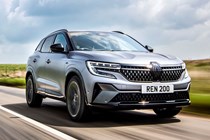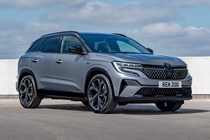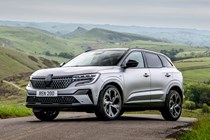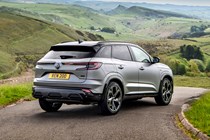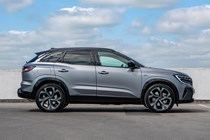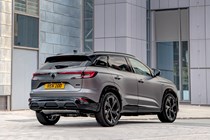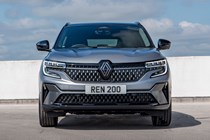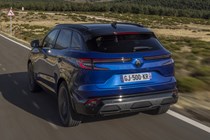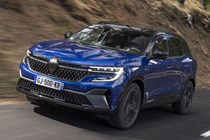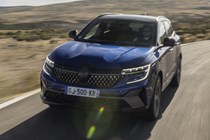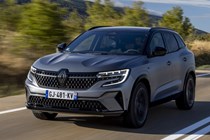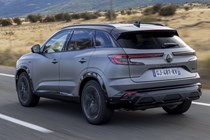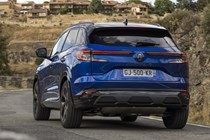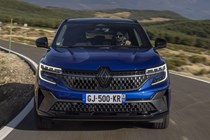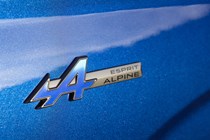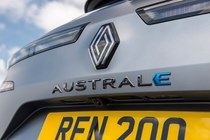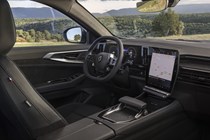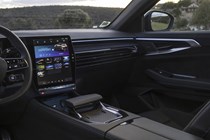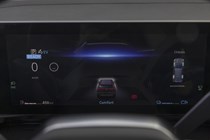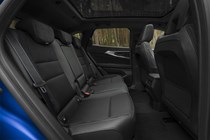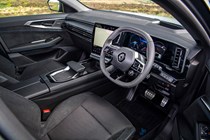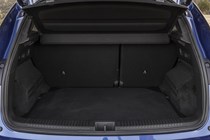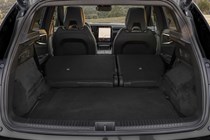
Renault Austral engines, drive and performance
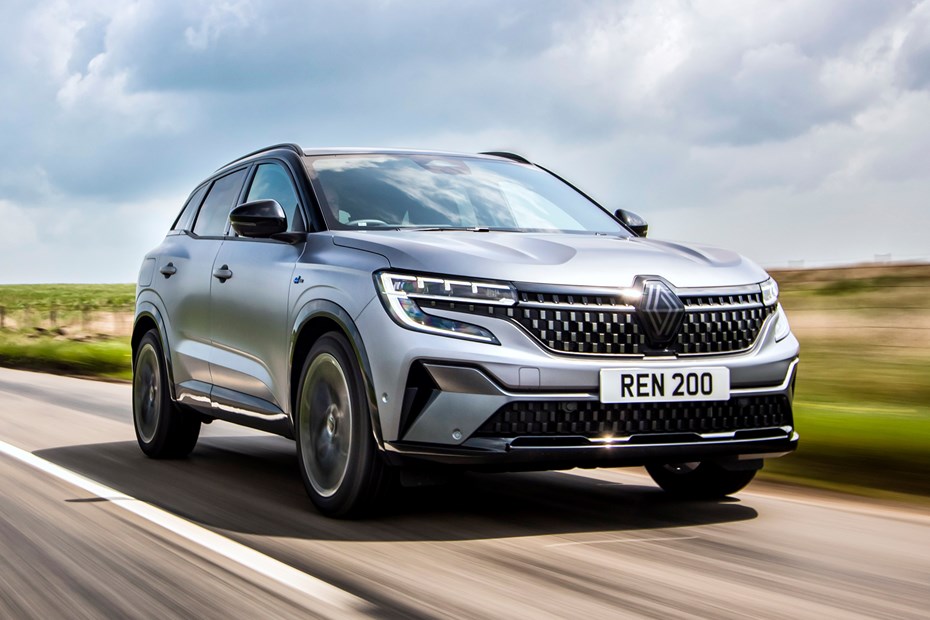
- Only one hybrid powertrain
- Balances power and efficiency
- Clunky automatic gearbox
Hybrid engines
UK buyers only get one engine – and it’s Renault’s range-topping E-Tech self-charging hybrid system. It’s comprises a 1.2-litre three-cylinder petrol engine, a large electric motor and a 2kWh battery pack mounted under the front seats (which means you don’t sacrifice any boot space as you do in the Kia Sportage and Hyundai Tucson hybrids).
The new system has a combined output of 200hp, which Renault says is enough for a 0–62mph time of 8.4 seconds and a top speed of 108mph. More importantly, the system has a combined torque output of 410Nm, which means there’s plenty of power in reserve to help with overtaking. The two power sources send drive to the front wheels through an unusual clutchless ‘dog’ gearbox.
It’s a significant evolution of the system fitted to existing Renault hybrid models (such as the Arkana), switching between power sources with much less obtrusion. It’s not quite as polished as Toyota’s self-charging hybrid system, but it’s noticeably less clunky than a Kia Sportage.

Or at least it is when driven gently. Cracks begin to show under hard acceleration, though. Mash the throttle into the carpet and there’s a good two seconds of nothing before the gearbox slots home the correct cog and allows you to accelerate.
The gearbox doesn’t always pick the correct gear first time, either. It’ll change down once when you start accelerating and then, halfway past your overtaking victim, it’ll change down again for a little more performance. This wouldn’t be such a bad thing if the down changes weren’t so violent – but they give you a sharp kick in the back.
What’s it like to drive?
- Numb steering
- Rear-wheel steering boosts agility
- Firm ride and rigid body
The Austral isn’t a car for keen drivers. Its steering system offers far too little feedback and you have limited control over the powertrain. You can’t force it run in EV mode, for example, and you can’t select your own gears. The car’s computers do all that thinking for you. There are three drive modes (called Eco, Comfort and Sport), but they do little more than adjust the sensitivity of the throttle.
Despite this, the Austral has a stiff bodyshell and its suspension is quite firmly sprung. That means it’ll corner well if you ask it to, but you sacrifice a lot of low-speed ride comfort for the privilege. Its fidgety over rough tarmac and speed bumps will buck you towards the door if you don’t straddle them. These issues were worsened by the huge 20-inch alloys fitted to our test car. We expect the entry-level car, with its more sensible 18-inch wheels, will be better.
However, if you opt for the range-topping car, you also get Renault’s four-wheel steering system, which is a feature you won’t find in any of the Austral’s rivals. It allows the rear wheels to turn up to five degrees. They turn in the opposite direction to the fronts when driving slowly for increased manoeuvrability and in the same direction as the fronts on the open road for greater stability.
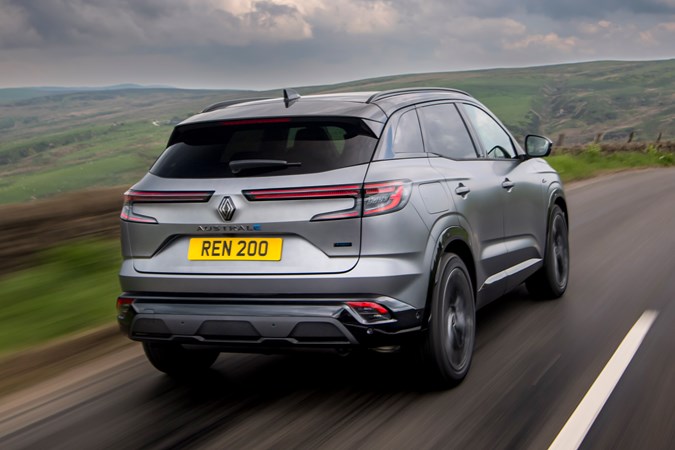
It’s a very clever system that has a noticeable effect on the Austral’s handling. With the technology set at its maximum level, it turns into bends with deftness. The system also helps to quell (but not entirely tame) understeer. This is a common problem with large, heavy SUVs in which you turn the steering wheel, but the weight of the car overcomes the limit of grip at the front wheels. That forces the car to go straight on rather than around the corner.
The four-wheel steering system hacks the Austral’s turning circle down to 10.1 metres which is less than a Renault Clio. It comes with a sophisticated multi-link suspension system which Renault says is much more comfortable than the beam axle setup fitted to the standard car. We’ll need to drive the base-spec car before we make our judgement, though.


